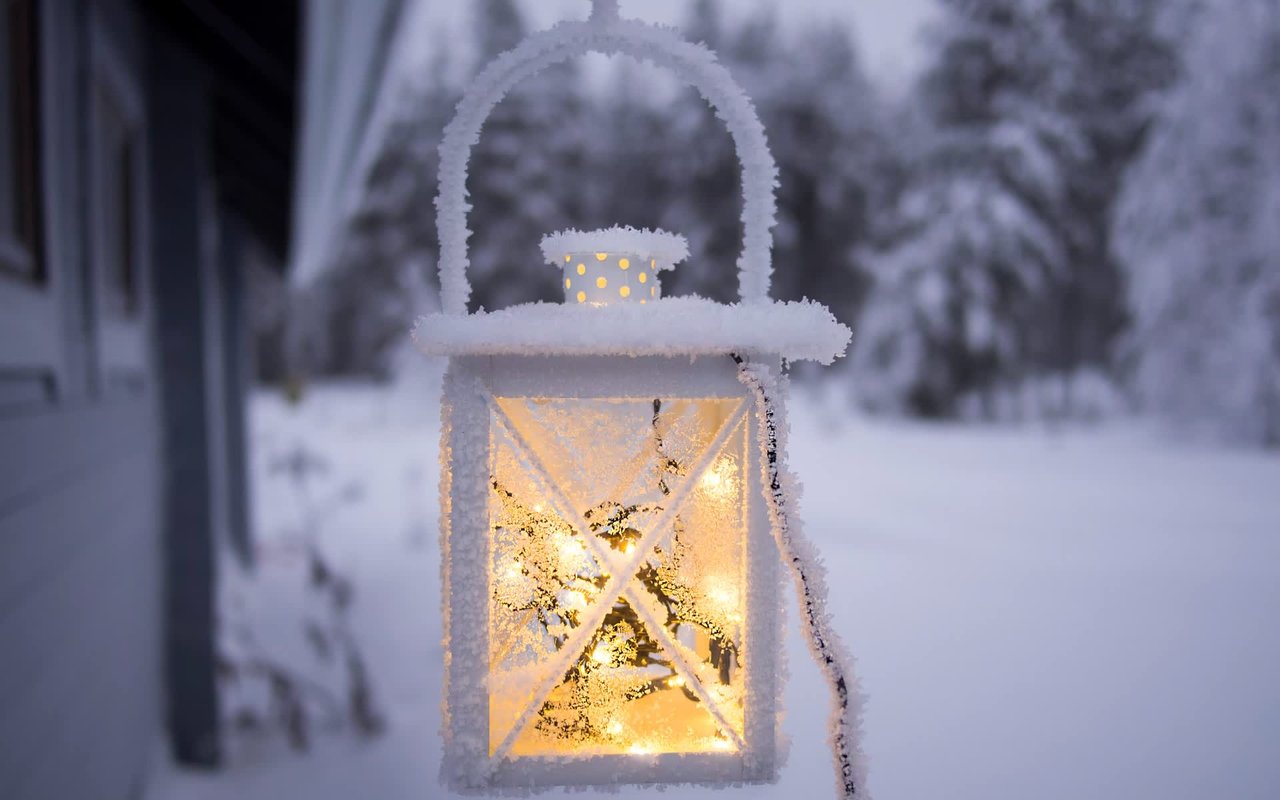As the temperatures begin to drop and the days grow shorter, preparing your home for the colder months becomes a top priority. Winterizing your home not only ensures a warm and comfortable living environment but also protects your property from the harsh effects of winter weather. Whether you're bracing for heavy snowfall, freezing temperatures, or blustery winds, taking the time to winterize your home can prevent costly repairs and increase your home's energy efficiency. In this comprehensive guide, we'll walk you through the essential steps to properly winterize your home, keeping it cozy, safe, and energy-efficient throughout the winter season.
Inspect and Seal Windows and Doors
To seal these gaps, apply weatherstripping or caulk around the frames. Weatherstripping is ideal for doors and windows that move, such as sliding glass doors, while caulk works best for stationary components. Additionally, consider installing draft stoppers at the bottom of doors to prevent cold air from entering your home. If your windows are particularly old or inefficient, you might want to invest in storm windows or window insulation kits, which provide an extra layer of protection against the cold.
Insulate Your Attic and Walls
Fiberglass and cellulose insulation are popular choices for attics, but spray foam insulation can also be highly effective, particularly in hard-to-reach areas. In addition to insulating the attic, make sure your walls are adequately insulated as well. While wall insulation is more challenging to add in an existing home, blown-in insulation can be a good option for increasing thermal efficiency without major renovations.
Service Your Heating System
If your heating system is outdated or inefficient, consider upgrading to a more energy-efficient model. Modern furnaces and heat pumps are designed to provide superior heating while consuming less energy, which can significantly reduce your utility bills. Additionally, don't forget to inspect and clean your home's ductwork. Leaky or clogged ducts can lead to uneven heating and wasted energy, so sealing and cleaning them can improve the overall efficiency of your heating system.
Protect Your Plumbing
Start by insulating any exposed pipes, particularly those in unheated areas like basements, crawl spaces, and garages. Pipe insulation sleeves are easy to install and provide an effective barrier against the cold. Additionally, disconnect and drain outdoor hoses, and shut off the water supply to exterior faucets to prevent freezing. For added protection, consider installing frost-proof faucets or using faucet covers.
During extreme cold spells, it's a good idea to keep a trickle of water running through faucets, especially those located on exterior walls. This helps prevent the water in the pipes from freezing. If you plan to be away from home for an extended period during the winter, consider shutting off the main water supply and draining the pipes to avoid any potential freezing issues.
Clean and Inspect Your Gutters
To prevent these issues, clean your gutters thoroughly before the first snowfall. Remove any leaves, debris, and twigs that have accumulated over the fall. After cleaning, inspect the gutters for any signs of damage or sagging, and make repairs as needed. Consider installing gutter guards to keep debris out and ensure proper water flow throughout the winter.
Check and Maintain Your Roof
If you notice any issues, it's best to address them before the weather worsens. Minor repairs can often be handled by a homeowner, but for more extensive damage, it's advisable to hire a professional roofer. Additionally, make sure your attic is well-ventilated to prevent the buildup of moisture and ice dams, which can compromise your roof's integrity.
If you live in an area prone to heavy snowfall, consider installing a roof rake to safely remove snow buildup. Excessive snow accumulation can put added stress on your roof, increasing the risk of collapse or damage. Regularly clearing the snow will help protect your roof and ensure the longevity of your home.
Reverse Your Ceiling Fans
This simple adjustment can help distribute heat more evenly throughout your home, reducing the workload on your heating system and helping you save on energy costs. Be sure to clean the fan blades before making the switch to ensure optimal performance.
Winterizing your home is a crucial task that goes beyond simply keeping your living space warm. By taking the time to properly prepare your home for winter, you can protect your property from damage, enhance its energy efficiency, and ensure a safe and comfortable environment for you and your family. From sealing drafts and insulating your attic to maintaining your heating system and protecting your plumbing, each step plays a vital role in keeping your home in top shape throughout the winter season. With these tips in mind, you'll be well-equipped to face whatever winter weather comes your way.
Ready to make your move in the Long Island real estate market? Trust Kate Works, an experienced and dedicated real estate agent, to guide you through every step of the process with expertise and care. With Kate's personalized approach, market knowledge, and commitment to client satisfaction, you can confidently navigate the complexities of buying or selling a home. Contact Kate Works today to start your journey towards achieving your real estate goals.










